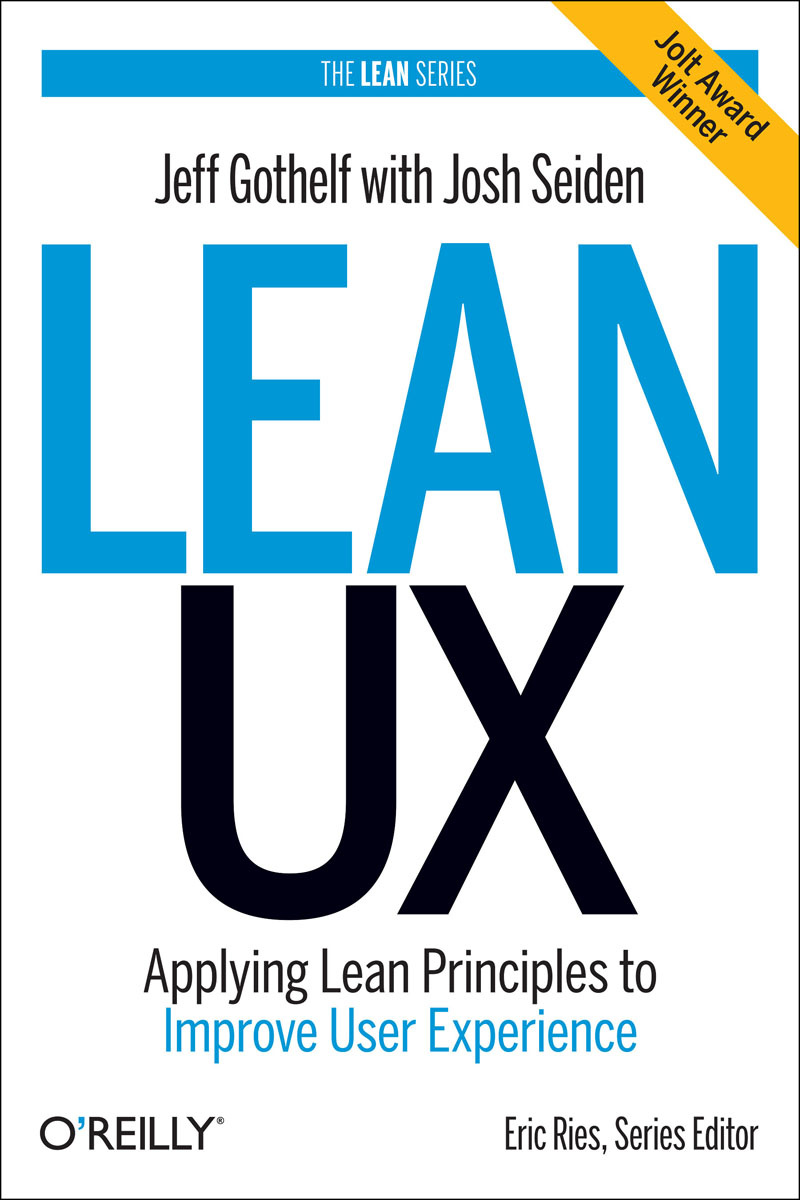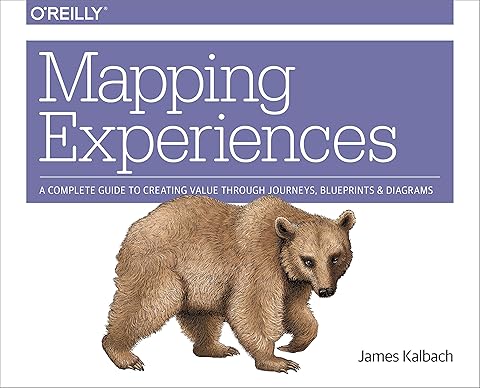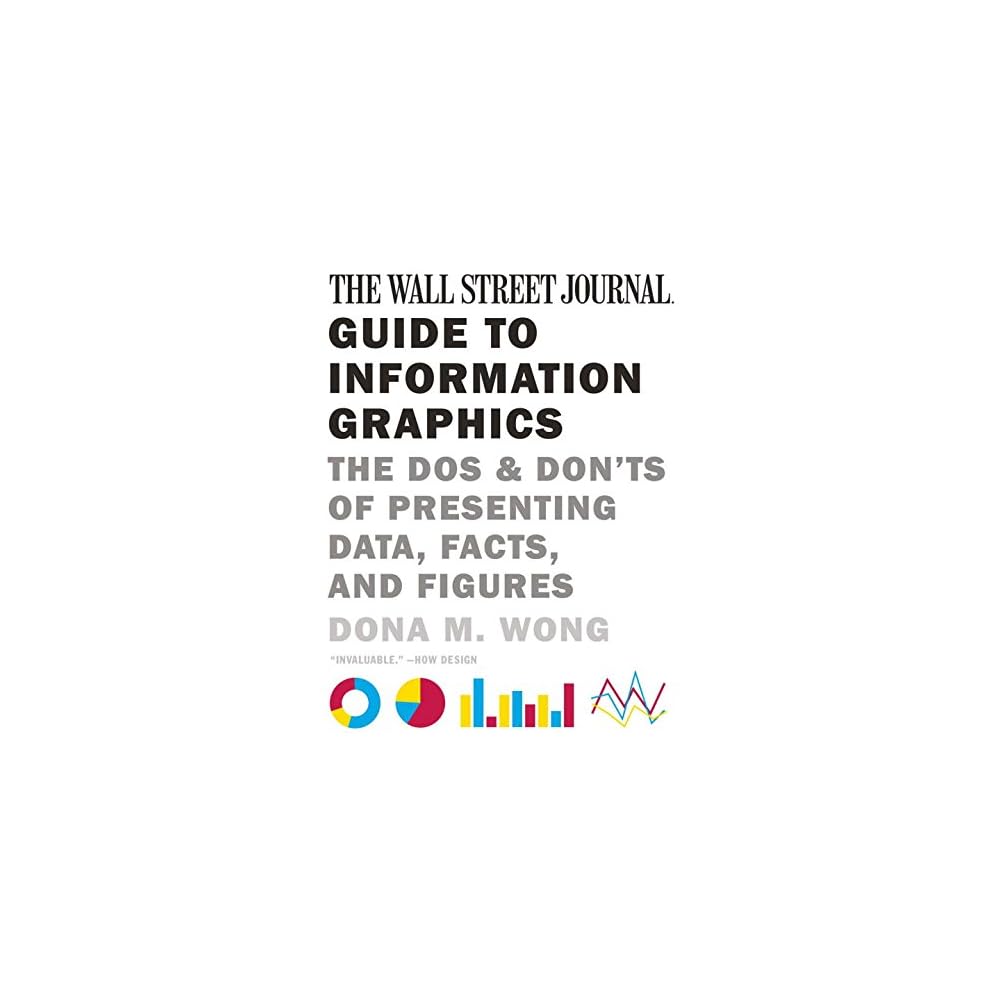A website designer is "an artist with a technical bias" or a “programmer with an artistic mind”. As a "techie", web designer holds in the head a lot of requirements for site functionality. And as an "artist", they look for unusual solutions to complex problems. In general, this is a creative, attentive and resourceful person who can earn decent money.
Just 10 years ago it was easy to become a popular web designer, with knowledge of basic technologies and tools, but in the 2019 year, the competition is so high, that the ability to pick colors, fonts or pictures is not a wonder to anyone. Web design today has growing importance of competent interfaces development and attention to details.
So nowadays, to create a challenge website design, the performer must be a designer, a bit of a programmer, and even an expert in digital marketing at once. The web designer has to solve several problems at the same time: create a user-friendly interface, take into account the web content specifics, search engine technologies, technical aspects such as speed limitations, etc. Plus, a good web designer should make the site unique and recognizable.
In other words, a designer creates not only a visual aesthetic image but identifies problems, forms tasks and their effective solution in a visual form. To achieve these goals, the performer has to combine Design Thinking, User Research, Interaction Design, Visual Design and lots of other practices, which are important for grade design solutions implementation. And today we have prepared for you a list of books, which provide a strategic understanding of diverse design processes, form skills in tactical activities and will help you to stand out among the competitors.
1. Jeff Gothelf, Josh Seiden "Lean UX"
Authors cover the principles of iterative design and development common to startups. They call to abandon waterfall practices, even in the case of geographically distributed teams cooperation. The book is considered as the evolution of product design, which focuses on the most valuable design tools, redefined in the realities of flexible (agile) design. In Lean UX approach to design changes the focus from creating individual functions to forming a common tasks understanding and finding best decisions.
Foundations of the book are design thinking, agile development process and obtaining feedback method, based on the principle of "build-measure-learn". You will see a lot in common with Google Design Sprint, IBM Enterprise Design Thinking and Ideo Design Thinking. Authors suggest the idea of optimizing the design process and involving cross-functional team members in the design process.

2. James Kalbach "Mapping Experiences"
The book introduces ways to display a coherent picture of existing processes in a particular environment. Diagrams are considered as a key tool for design services and user experience. The author highlights the need to illustrate the process of interaction between people and organizations, emphasizing the importance of the team process of reproducing reality using diagrams. Key communication tools are charts: Service Blueprint, Customer Journey Map, Experience Map, Mental Model, Spatial Maps, and Ecosystem Models. Knowledge of these practices is necessary for UX designers at early projects stages for mapping processes and interactions.

3. Alan Cooper “About Face”
This book can be viewed as an Encyclopedia of Human Centered Design. The author considers Goal-Directed Design, Product Design and Interaction Designing, starting from the product goals, mental users models, qualitative and quantitative research methods ending interpret the results. He draws attention to the need to understand design requirements presence. Designing the appearance and behavior of the product directly depends on these requirements, such as the interface and technical implementation platform, so the author singled out the design principles based on them.

4. Dona M. Wong "The Wall Street Journal Guide to Information Graphics"
The book helps everyone who needs to visualize quantitative information. Practical recommendations, principles and techniques of information design are presented in a concise and visual form. All information is provided in the "Do & Do not" format, which speeds up perception. Thanks to practical tips on using fonts, colors, types of charts and their combinations, it's possible in the shortest time to acquire basic knowledge of information visualization. The author pays attention to complex cases when illustrating incomplete information or small changes in large values.

5. Luke Wroblewski “Web Form Design”
The book is devoted to the design of forms. It's a collection of best design practices required to make tactical right decisions and build a dialogue with the user, actually. Developing interfaces, the designer needs to create forms in accordance with the tasks and the available space. Most of the proposed solutions are confirmed by the eye-tracking studies of Matteo Penzo. This book provides you sufficient information for reasoned decisions regarding the location of the field labels. You'll know how successfully select the left, right, or top-level alignment depending on the scanning requirements or the speed of the form filling.

Study and work with pleasure, team up with other freelancers and earn with a Beesy.pro website right now!
Comments
Character Design and Storyboarding by Bev Johnson
Futura. A brand after all.
Extraordinary Animations and Illustrations by Joseph Melhuish
Add comment